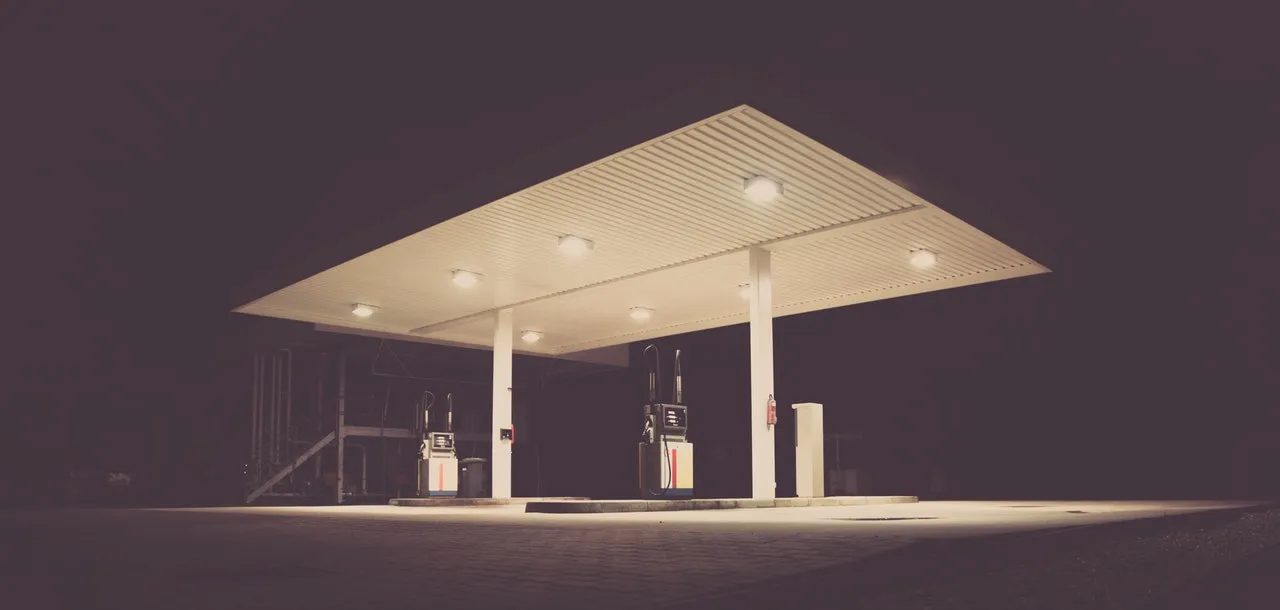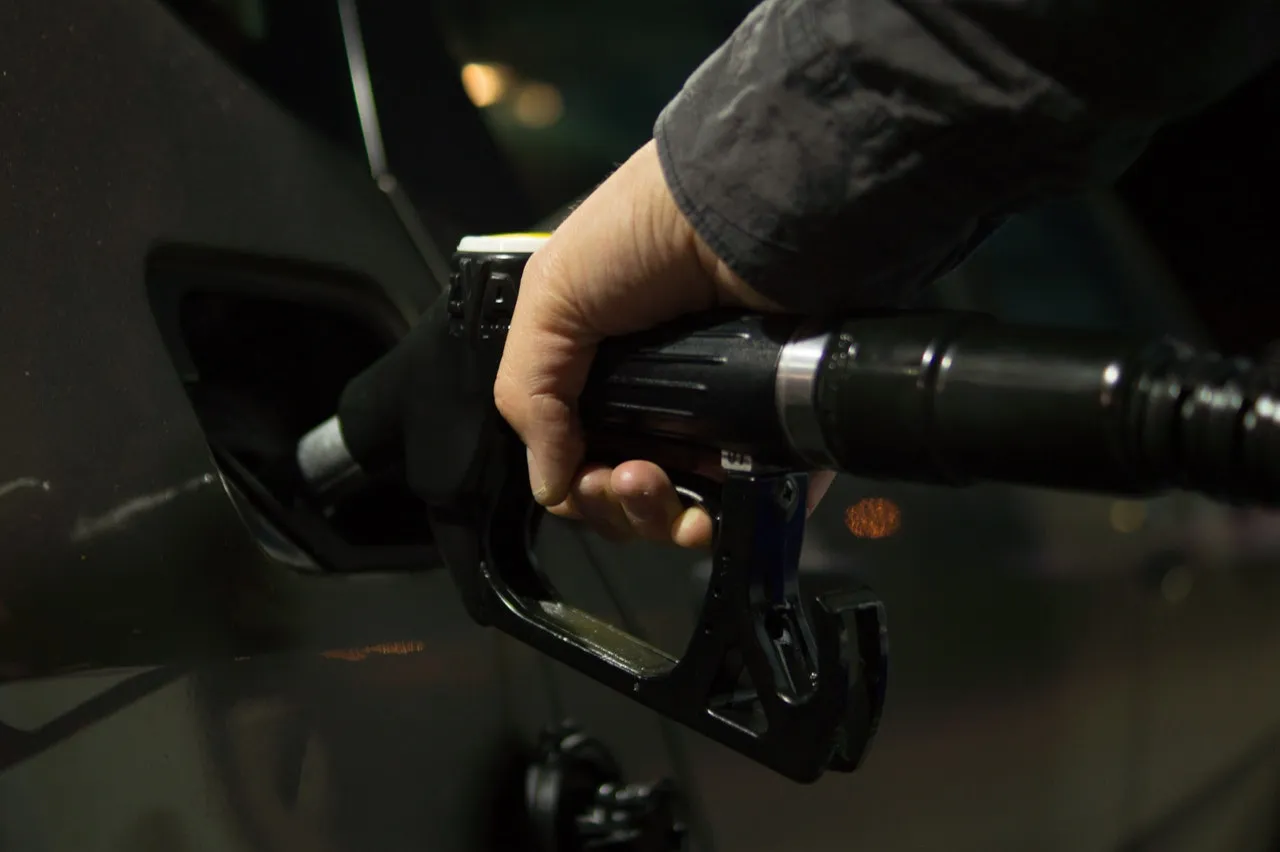
Gas prices continue to slowly inch upwards day by day. If getting a more economical vehicle isn’t an option for you, there are a few things you can do to get better mileage. The more you apply these eco-friendly trips, the longer it will be between fill-ups and the more money you'll have in your pocket.
Green Lights
One of the quickest ways to burn through your gas tank is by gunning it like a bat out of hell any time the traffic light turns green. Contrary to what my 5-year-old self might have thought, it’s not a race to see who can get away first. Putting the pedal to the metal just eats up gasoline more quickly and reduces your MPG.
Instead, ease out and take a quarter to half mile to get up to speed (depending on the speed limit). The more gradually you can accelerate, the better your mileage will be.

Air Conditioning/Heating
In the heat of summer and cold of winter, it’s tempting to blast the air to feel comfortable. Unfortunately, all that does is steal MPG away from you. Be aware of exactly when your car feels like it’s a reasonable temperature and reduce the AC/heat. Whenever it feels nice outside, try and have your windows down instead of using the car’s temperature controls. The less you use it, the more miles you’ll get per tank.

Red Lights
Many people are in the habit of driving up to a red light at full speed and braking at the last moment. This doesn’t do much to save gas, though. The better option is to coast up to the light from as far back as you can see it turn red. Chances are, you’ll get there right as it’s changing to green and never have to come to a complete stop. You can do the same thing (coast) when exiting the freeway to reduce gas usage.

The Freeway Speed “Sweet Spot”
The last gas-saving tip I’m going to share is about reducing your speed on the freeway. Most cars have a “sweet spot” between 55-65 miles per hour. If you go above this speed, your MPG starts to decline rapidly. Take care not to impede traffic by going too slow, but hovering in this speed range is going to get the most out of each drop of gasoline.